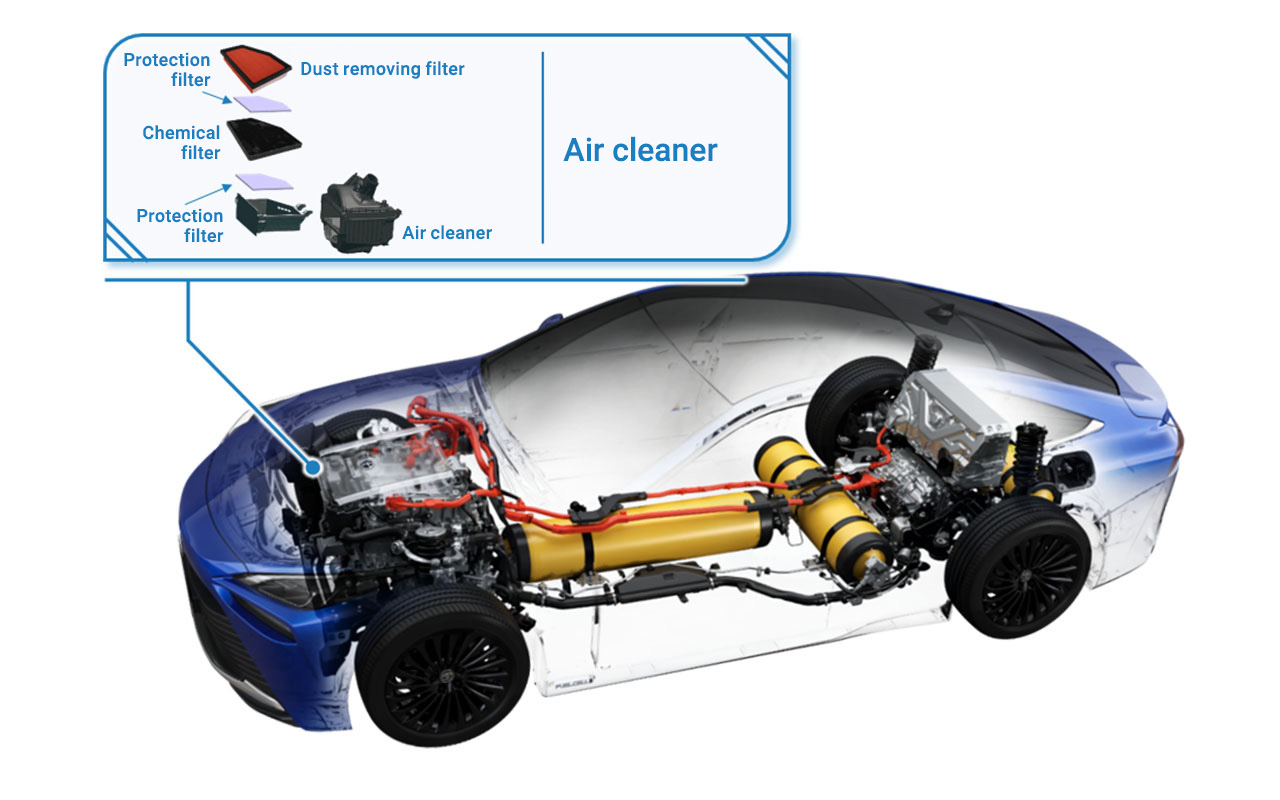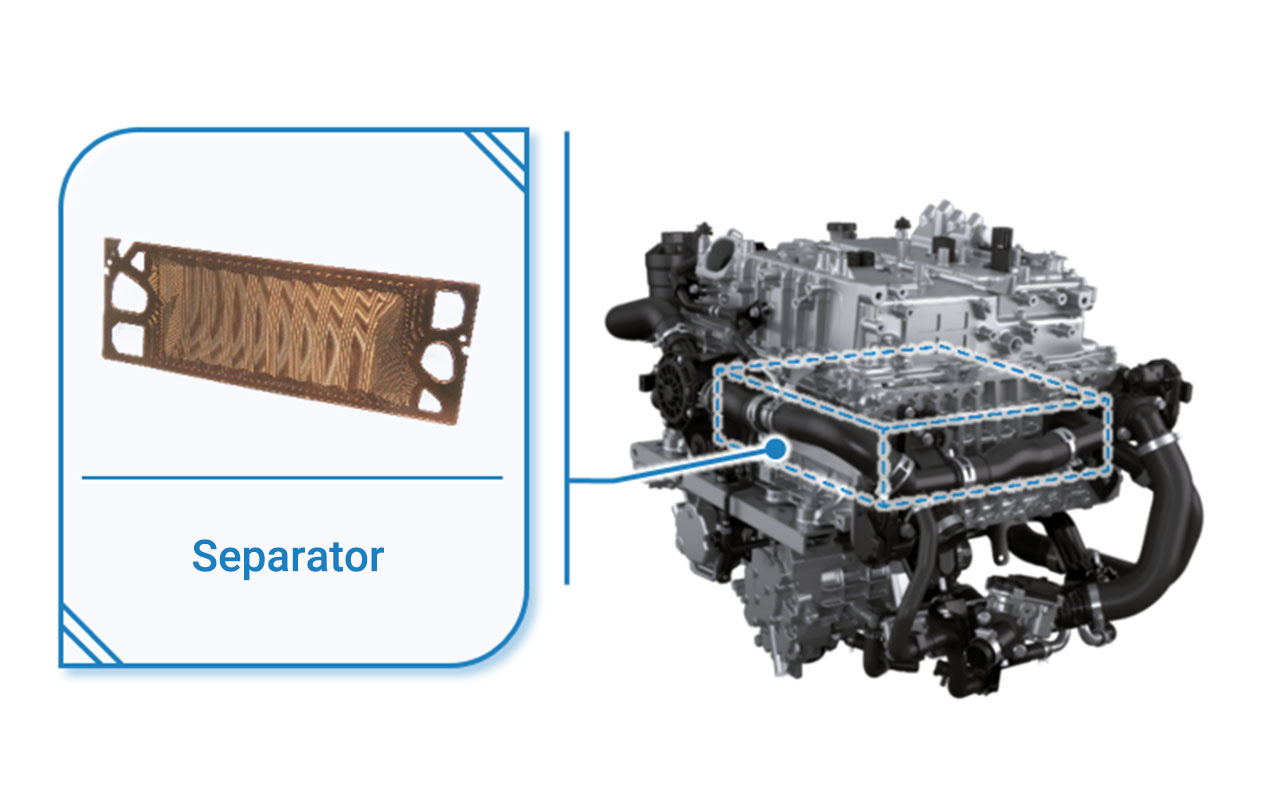MONOZUKURI is overturning the idea that “cars are bad for the environment”
Is it really true that cars are bad for the environment?
“Cars are bad for the environment”: this is a common understanding among many people. Unfortunately, at this point, it has to be said it is true. So why are cars so bad for the environment? The answer lies in automobile exhaust fumes. Toxic substances such as carbon dioxide and carbon monoxide are emitted when fuels such as gasoline and diesel oil are burned in automobiles. These substances cause a variety of environmental problems such as air pollution and global warming, which is why people say that cars are bad for the environment.
Knowing what we already know, we cannot simply leave this situation as it is. In an effort to reduce vehicle emissions, every year countries around the world are setting and tightening the limits on the harmful substances contained in exhaust gas.

What we can do to reduce our environmental impact
Of course, automobile manufacturers and automobile parts manufacturers like us are also aware of the impact that automobiles have on society, and are working daily to develop products that reduce the environmental impact. We said that “cars are bad for the environment,” but the proviso “currently mainstream” should be added before the word “cars”. Have you heard of cars that run on hydrogen or electricity?
Fuel cell vehicles run on electricity generated by a chemical reaction between hydrogen and oxygen in the on-board fuel cell, while electric vehicles run on electricity charged beforehand in storage batteries to drive the motor. None of these vehicles burn fuel like current mainstream engine vehicles, and therefore they emit almost no harmful substances, the cause of “bad for the environment.” In other words, they achieve so-called zero emissions. It is said that around the year 2035, more than half of the cars in the world will be such zero emission vehicles. We are working hard to reduce the environmental impact of society as a whole through the manufacture of products for such automobiles.
Adoption of our products in the MIRAI, a fuel cell vehicle
Many of our products are used in Toyota’s “MIRAI” fuel cell vehicle, which was launched in December 2020 following a complete redesign. For example, the “PM2.5 high efficiency removal air cleaner filter.” This is a component that removes pollutants from the atmosphere when taking in the oxygen needed by the fuel cell. It has a world-leading level of pollutant removal efficiency. It also contributes to the realization of Toyota Motor Corporation’s new concept of “Minus Emissions,” in which the more you drive, the cleaner the air becomes.
Other products tailored to fuel cell vehicles include the fuel cell stack separator, a plate component that forms a fine channel for hydrogen in the fuel cell; the far-infrared reflective headliner, which reduces the load on the cabin air conditioner by reflecting far-infrared rays of sunlight; and a seat designed specifically for the interior of fuel cell vehicles.
The automotive industry is said to be in the midst of a once-in-a-century transformational period. The environment surrounding automobiles, which we have always taken for granted, is about to undergo a major change. Even under these circumstances, we will continue to manufacture products that meet the needs of the times, making full use of the technological capabilities we have cultivated for over 100 years. Click here for information about the on-board components



 Media site to convey the Toyota Boshoku group vision for the future and initiatives
Media site to convey the Toyota Boshoku group vision for the future and initiatives



